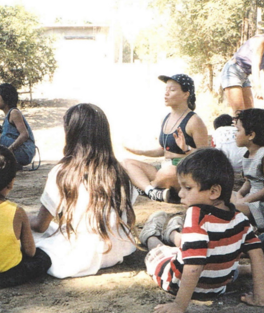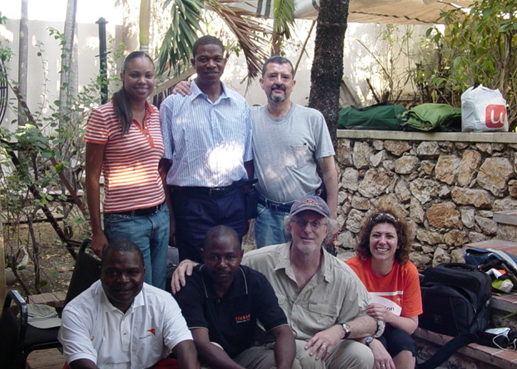ASSYST HEART PROJECT
for Mental Health in Humanitarian Emergencies
Proyecto ASSYST HEART
para Salud Mental en Emergencias Humanitarias
EMDR MEXICO IS THE ASSYST-HEART HUMANITARIAN PROJECT HOME
In March 2022, at the start of the Ukrainian war, the Humanitarian Emergency ASSYST Response Training Project was born to give specialized mental health providers (SMHPs) from countries needing support the knowledge to conduct sustainable Humanitarian & Research Psychosocial Projects.


"We are all responsible for the world we live in. Worldwide, clinicians are forging bonds that transcend countries and ideologies. Bonds that can help heal the trauma and pain that lead to ongoing violence and suffering. To make a difference that affects generations to come—don’t leave it to anyone else. We all have to take a part in it."
— Dr. Francine Shapiro.
"We do not stand by in the presence of trauma and suffering"
"No nos quedamos de brazos cruzados ante el trauma y el sufrimiento"
-Dr. Ignacio (Nacho) Jarero

HOW MANY SMHPs HAVE BEEN TRAINED PRO-BONO AND FROM WHICH COUNTRIES?
From March 2022 to December 2025, nearly 12,000 SMHPs from 57 countries have been trained pro-bono, and the ASSYST treatment interventions have been translated into 23 languages.
The countries are Ukraine, the Czech Republic, Slovakia, Romania, Hungary, Turkey, Syria, Bulgaria, Iran, South Sudan, Peru, USA (Hawai, 2024 and Los Angeles, 2025 wildfires), Poland, Armenia, Ethiopia, Mexico, Guatemala, Honduras, El Salvador, Nicaragua, Costa Rica, Canada/Labrador, Chile, Spain, Colombia, Iceland, Brazil, India, Pakistan, Indonesia, Bangladesh, Vietnam, Sri Lanka, Hong-Kong, Mauritius, Malasia, Singapure, Arab Emirates (Abu Dabi, and Dubai), Dominican Republic, Bolivia, Paraguay, Ecuador, Italy, France, Cameroon, Central Africa Republic, Democratic Republic of Congo, Senegal, Mauritania, Mozambique, Chad, Congo, Gabon, Benin, Latvia, Malta, Lebanon.
























IS IT NECESSARY FOR SMHPs TO BE EMDR PRACTITIONERS?
No, it is not necessary to be an EMDR practitioner.
However, to provide Culturally-Sensitive Treatment, it is a requirement that the clinicians live in the affected areas and work directly with populations who are 1) affected by a natural or man-made disaster, 2) marginalized, 3) living in ongoing traumatic stress situations, 4) living in Low and Middle Income Countries or remote regions.
We have observed that after seeing the effectiveness of the ASSYST treatment interventions, SMHPs are more likely to take the EMDR therapy training.
Note: For the EMDR Europe National Associations it is mandatory to be an EMDR clinician to take the ASSYST Treatment Interventions training.
WHAT ARE THE ASSYST HEART PARTICIPANT'S REQUIREMENTS?
Please, keep in mind that only SMHPs living in the affected country or geographical area can take this training.
1. Students must participate and keep their cameras on during the whole first part of the training (theory and video demos).
2. Students must participate in the ASSYST online or in-person practicum after the first part of the training.
3. Students will provide the ASSYST treatment interventions to real life patients after the practicum.
4. Students must attend the Q&A session after their clinical practice and keep their cameras on the whole time.
Only the students that fulfill all the previous listed requirements will receive the certificate of completion.
The ASSYST HEART faculty gives pro-bono guidance on how to do field-work and research with the ASSYST treatment interventions

Nicolle Mainthow


